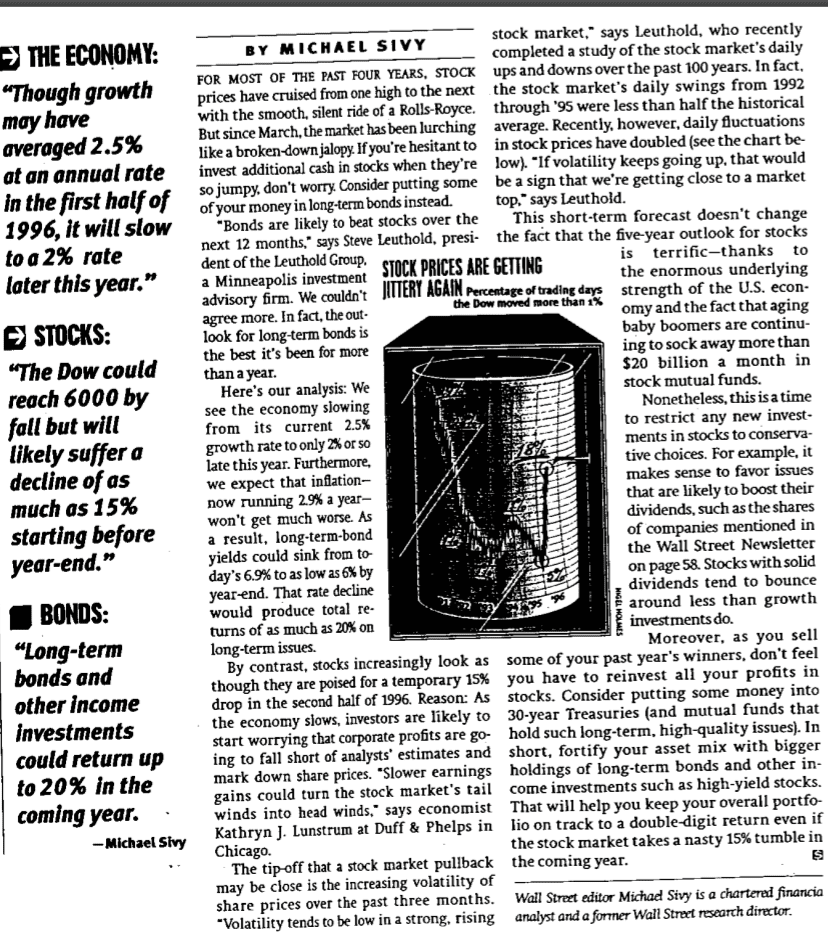UNI101Y1 Lecture : Ch11 Population Growth and Regulation2.pdf
Document Summary
Get access


Related Documents
Related Questions
1. You are given only three quarterly seasonal indices and quarterly seasonally adjusted data for the entire year. What is the raw data value for Q4? Raw data is not adjusted for seasonality.
Quarter Seasonal Index Seasonally Adjusted Data
Q1 .80 295
Q2 .85 299
Q3 1.15 270
Q4 --- 271
2. One model of exponential smoothing will provide almost the same forecast as a liner trend method. What are linear trend intercept and slope counterparts for exponential smoothing?
A. Alpha and Delta
B. Delta and Gamma
C. Alpha and Gamma
D. Standard Deviation and Mean
3. When performing correlation analysis what is the null hypothesis? What measure in Minitab is used to test it and to be 95% confident in the significance of correlation coefficient.
A. Ho: r = .05 p < .5
B. Ho: r = 0 p >.05
C. Ho: r ? 0 p?.05
D. Ho: r = 0 p?.05
| In decomposition what does the cycle factor (CF) of .80 represent for a monthly forecast estimate of a Y variable? |
A. The estimated value is 80% of the average monthly seasonal estimate.
B. The estimate is .80 of the forecasted Y trend value.
C. The estimated value is .80 of the historical average CMA values.
D. The estimated value has 20% more variation than the average historical Y data values.
| 5. A Wendy's franchise owner notes that the sales per store has fallen below the stated national Wendy's outlet average of $1,368,000. He asserts a change has occurred that reduced the fast food eating habits of Americans. What is his hypothesis (H1) and what type of test for significance must be applied? |
A. H1: u ? $1,368,000 A one-tailed t-test to the left.
B. H1: u = $1,368,000 A two-tailed t-test.
C. H1: u < $1,368,000 A one-tailed t-test to the left.
D. H1: p < $1,368,000 A one-tailed test to the right
A. The rejection region and the t-table value generally gets smaller for sample size below 31. |
A. Yes. The data are significantly correlated through the 12th lag. C. No. Only the 12 lag period is not correlated. D. You cannot tell since the number of sample observations is not provided. E. The p-value is above .05 so the data is correlated. |
A. Type 2 error |
A. Yes. They move in the same direction as statistical significance. |
A. The weight cannot be calculated since the data observation is not given. |
A. Yes. The correlation coefficient is .873 that is greater than .05. |
A. Yes, since the residuals randomly vary in magnitude. |
A. -101.0 |
|
